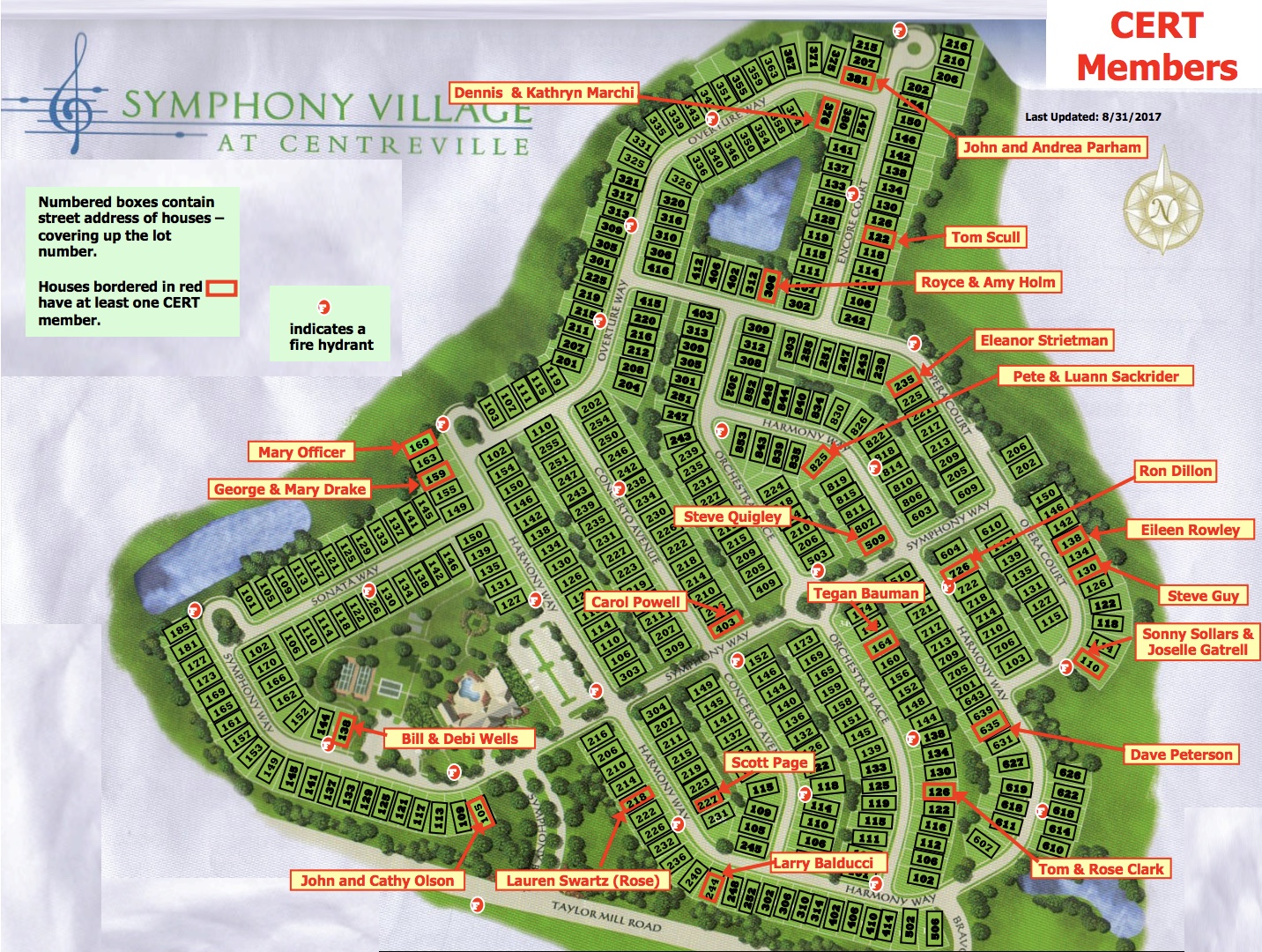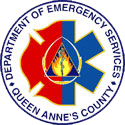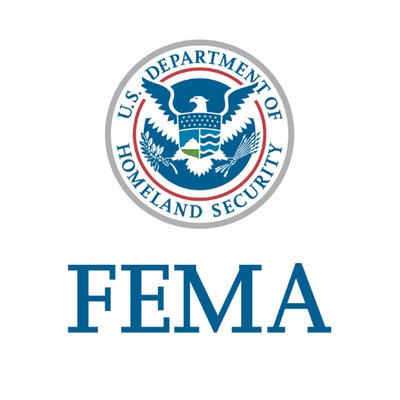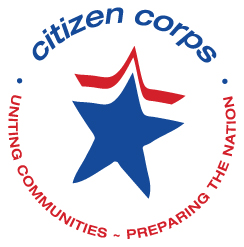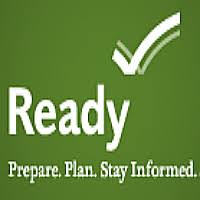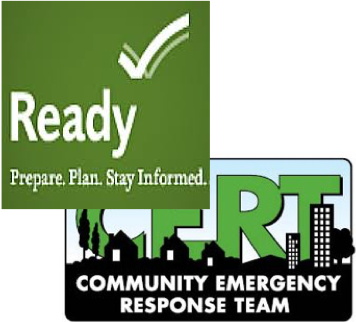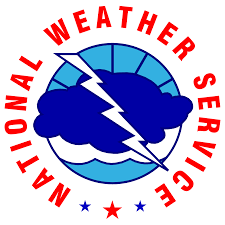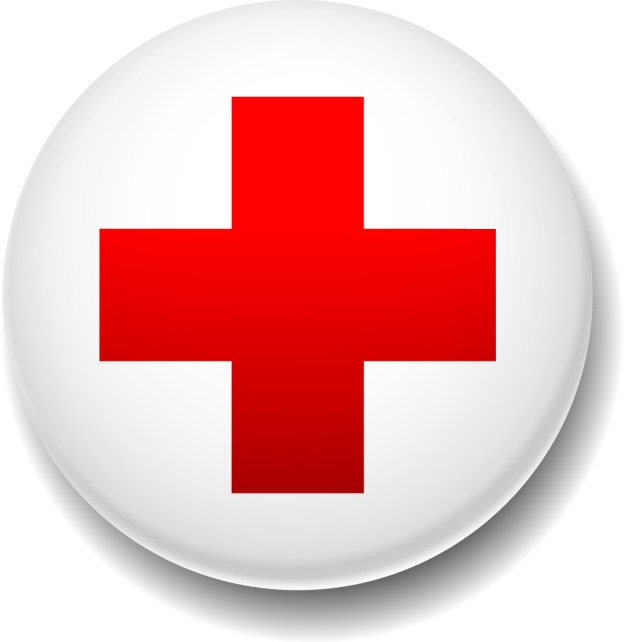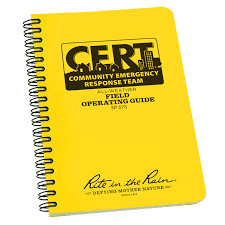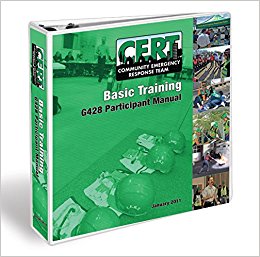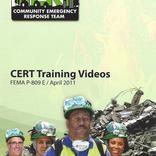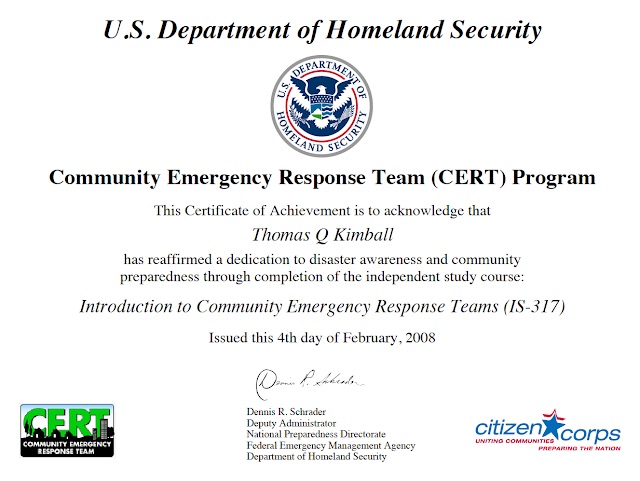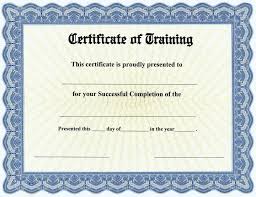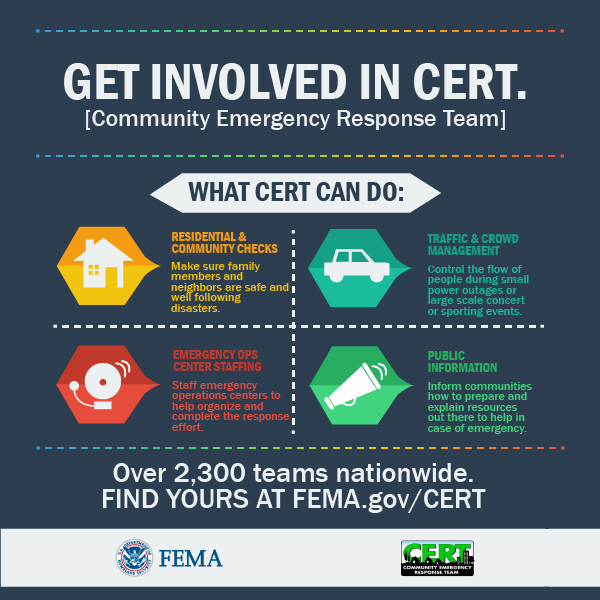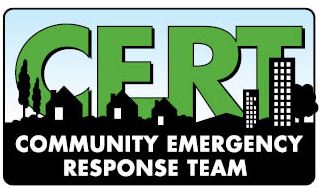 -Has Badge
Active Participants
-Has Badge
Active Participants
Volunteer Information
 -Has Badge
Active Participants
-Has Badge
Active Participants
|
|
 The foundation of the CERT Program is FEMA’s CERT Basic Training Course, which provides a baseline of knowledge for all CERT volunteers.
The foundation of the CERT Program is FEMA’s CERT Basic Training Course, which provides a baseline of knowledge for all CERT volunteers.
This national training curriculum teaches emergency preparedness and basic emergency response skills. Completing the course prepares the student to safely assist family, friends, or neighbors before professional first responders arrive, whether or not the trainee joins a CERT team. Those who join a CERT team may also participate in organized activities (community service opportunities) that are not part of an emergency response.
Introduction to Community Emergency Response Teams, IS-317, is an independent study course that serves as an introduction to CERT for those wanting to complete training or as a refresher for current team volunteers.
- Introduction to CERT
- Fire Safety
- Hazardous Material and Terrorist Incidents
- Disaster Medical Operations
- Search
- Rescue
- Disaster Preparedness
- Disaster Fire Supression
- Disaster Medicall Operations
- Light Search & Rescue
- Disaster Psychology & Team Organization
- Terrorism
- Final Exercise
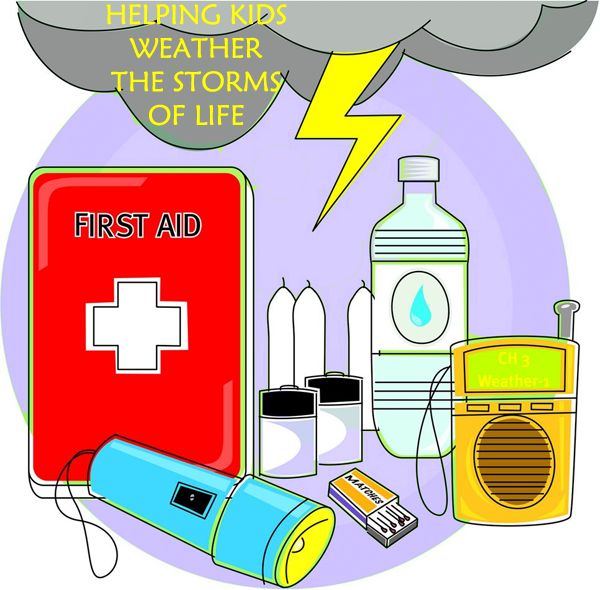 Preparedness Areas Introduction to disasters specific to the community, and the impact of disaster on infrastructure. Volunteers will be able to:
Preparedness Areas Introduction to disasters specific to the community, and the impact of disaster on infrastructure. Volunteers will be able to:
- Describe the types of hazards most likely to affect their homes and communities.
- Describe the function of CERT and their roles in immediate response.
- Take steps to prepare themselves for disaster.
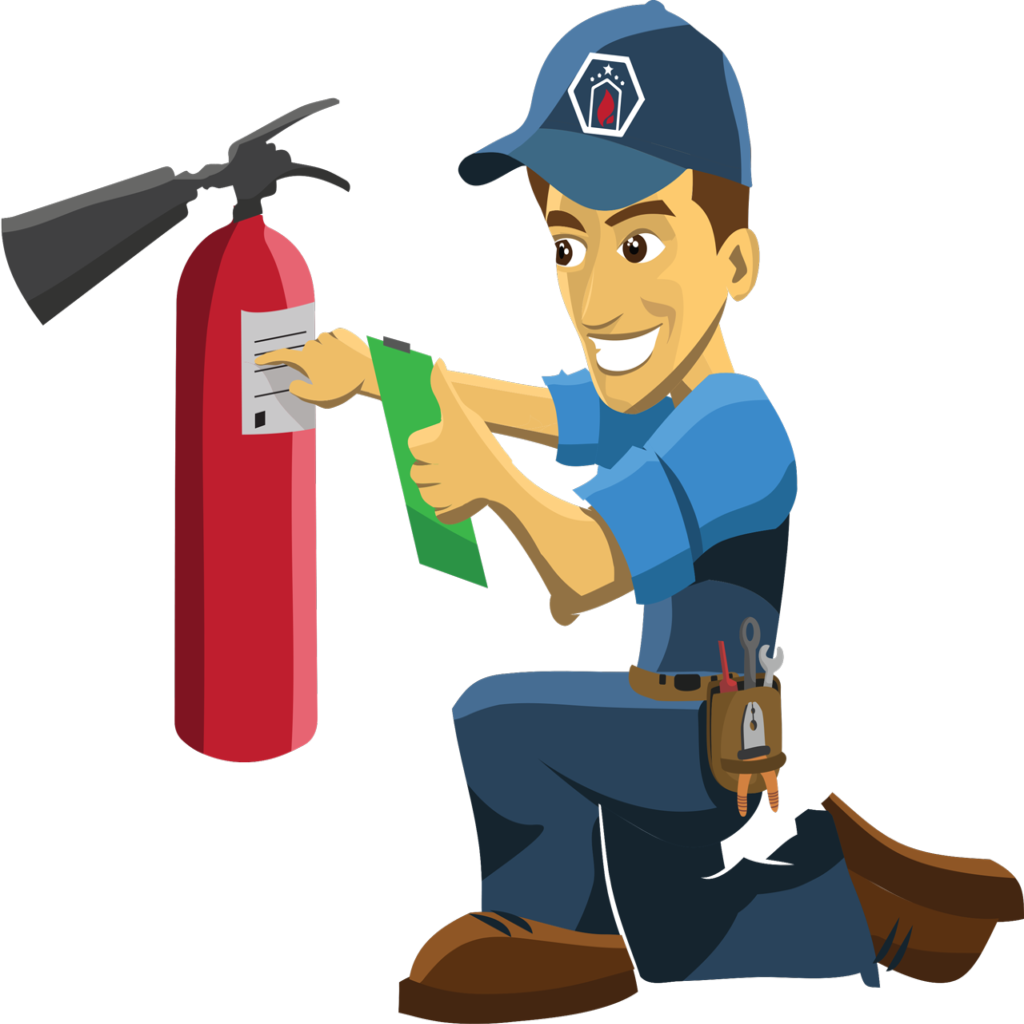 Fire Extinguishers Identifying and reducing potential fire hazards and basic fire suppression. Volunteers will be able to:
Fire Extinguishers Identifying and reducing potential fire hazards and basic fire suppression. Volunteers will be able to:
- Identify and reduce potential fire hazards in their homes and workplaces.
- Work as a team to apply basic fire suppression strategies, resources, and safety measures to extinguish a burning liquid.
- Identify the personal protection equipment that a CERT volunteer must use.
- Explain the role of the CERT in fire suppression.
- Conduct a basic size-up for a fire emergency.
- Operate a portable fire extinguisher correctly.
- Understand minimum safety precautions, including safety equipment, utility control, buddy system, and back up teams.
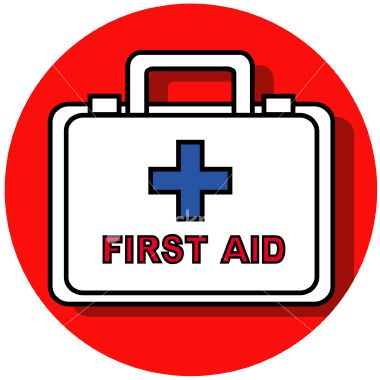 Medical Information
Part I: Treatment strategies for life-threatening conditions and principles of triage. Volunteers will be able to:
Medical Information
Part I: Treatment strategies for life-threatening conditions and principles of triage. Volunteers will be able to:
- Apply techniques for opening airways, controlling bleeding, and treating shock.
- Conduct triage under simulated disaster conditions.
- Identify the “killers”.
Part II: Head-to-toe patient assessment and treatment for various injuries. Volunteers will be able to:
- Perform head-to-toe patient assessments.
- Establish a treatment area.
- Employ basic treatments for various wounds.
- Apply splints to suspected fractures and sprains, and employ basic treatments for other wounds.
- Take appropriate sanitation measures to protect the public health.

FEMA Search & Rescue Markings Techniques for sizing up and searching, lifting, cribbing and removing victims; rescue safety. Volunteers will be able to:
- Identify planning and size-up requirements for potential search and rescue situations.
- Describe the most common techniques for searching a structure.
- Create a plan for search and rescue situations.
- Safely practice the techniques used for debris removal.
- Safely practice the techniques used for victim extrication.
- Demonstrate ways to protect the rescuer during the search and rescue phase.
- Locate victims in a disaster environment.
- Demonstrate methods to extricate victims.
- Demonstrate the ability to document the location of a victim.

Disaster Psychology Video The post-disaster emotional environment will be discussed as well as CERT organization, decision making and documentation. Volunteers will able to:
- Define “stress”.
- Identify and explain the four phases of crises.
- Identify severe-risk crisis susceptibility factors for people.
- Recognize signs of stress in children.
- Identify methods used to help a child.
- Explain post-traumatic stress.
- Explain the CERT leader’s role in stress reduction for the team.
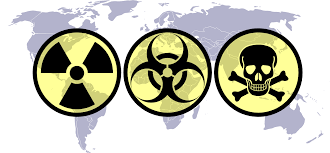 In this unit, Volunteers will learn about:
In this unit, Volunteers will learn about:
- Terrorism: Defining terrorism, including the goals and tactics of some terrorist groups, and detailing how to respond when an active shooter is in your vicinity.
- Eight Signs of Terrorism: The eight signs of terrorism and how to report suspicious activity.
- Preparing for Your Neighborhood: Steps to take to be prepared at home, work, and in your neighborhood.
- Hazmat (Hazardous Materials) and CBRNE (Chemical, Biological, Radiological, Nuclear, and high yield Explosives): Identifying some basic guidelines during a Hazmat or CBRNE event.
 A disaster simulation will provide a chance to apply many of the skills learned during the earlier sessions. Volunteers will be able to:
A disaster simulation will provide a chance to apply many of the skills learned during the earlier sessions. Volunteers will be able to:
- Determine the extent of damage
- Establish team priorities
- Determine the resources needed
- Identify potential hazards
- Select a CERT Incident Commander/Team Leader who will establish a CERT organization based on resources available and established priorities.
- Evaluate a fire situation
- Select the proper extinguisher for the situation
- Extinguish the fire
- Conduct triage and treat survivors with the medical supplies available.
- Perform leveraging and cribbing to extricate survivors who are trapped by debris.
|
Examples of Supplemental CERT Training
|
 CERT volunteers must receive refresher training on the topics taught in the basic course at least once every other year. This can be in short increments taught throughout the year. Below are some resources that can be used during the recertification process:
CERT volunteers must receive refresher training on the topics taught in the basic course at least once every other year. This can be in short increments taught throughout the year. Below are some resources that can be used during the recertification process:
- Queen Anne's County Department of Emergency Services: There is a full time CERT Coordinator who will arrange for training and recertification.
- CERT Training: YouTube videos
- FEMA Distance Learning: The Emergency Management Institute (EMI) offers self-paced courses designed for people who have emergency management responsibilities and the general public. All are offered free-of-charge to those who qualify for enrollment.
- IS-317: Introduction to Community Emergency Response Teams
- IS-315: CERT Supplemental Training: The Incident Command System
- FEMA Student Identification System: FEMA Student Identification (SID) number is a unique number assigned to anyone who takes training provided by a FEMA organization. The FEMA SID serves as your personal identification instead of your Social Security Number (SSN).
 CERTs respond in the period immediately after a disaster when dedicated response resources are overwhelmed or delayed.
CERTs respond in the period immediately after a disaster when dedicated response resources are overwhelmed or delayed.
 CERTs are a bridge to professional responders until they are able to arrive.
CERTs are a bridge to professional responders until they are able to arrive.
While CERTs are a valuable asset in emergency response, CERTs are not trained to perform all of the functions or respond to the same degree as professional responders.
- Locating and turning off utilities, if safe to do so
- Extinguishing small fires
- Treating life-threatening injuries until professional assistance can be obtained
- Conducting light search and rescue operations
- Helping disaster survivors cope with their emotional stress
- Rescuer safety is always the number one priority. Therefore, CERT volunteers always:
- Work with a buddy
- Wear safety equipment (gloves, helmet, goggles, N95 mask, and sturdy shoes or boots)
- Rescue the greatest number of people in the shortest amount of time

- The most important person is you, the rescuer
- Know your limitations!
- Ensure that you and your family are safe
- Conduct a neighborhood survey
- Assist neighbors as directed
- Learn about community alerts and warnings, evacuation routes, and how to get critical information
- Take training in preparedness, first aid, and response skills
- Practice skills and personal plans through periodic drills in multiple settings
- Network and be able to help others
- Participate in community feedback opportunities
- Report suspicious activity
- Volunteer
- Locate your CERT equipment and keep it with you
- Contact your CERT leader or, if you cannot reach your CERT leader, report to your pre-designated CERT staging area — SV Clubhouse east parking lot
- Keep track of personnel at all times
- Do not start out on your own (always have a buddy)
- Document all messages and activities
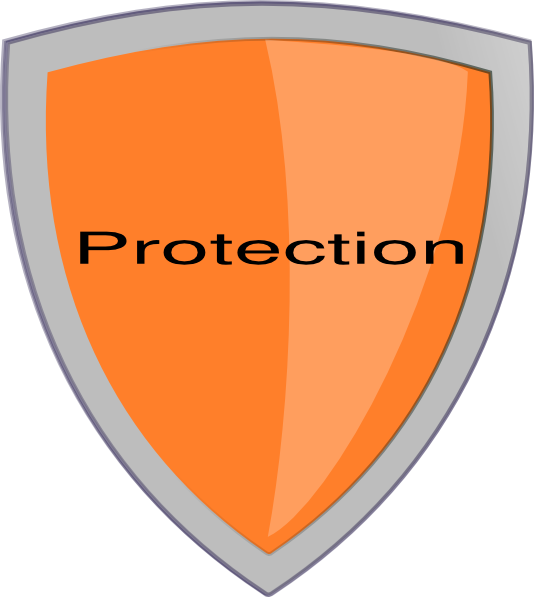 As volunteers engaging in CERT, you are generally protected by “Good Samaritan” laws that protect people who provide care in a prudent and reasonable manner.
As volunteers engaging in CERT, you are generally protected by “Good Samaritan” laws that protect people who provide care in a prudent and reasonable manner.
Click the headings (⇕) to sort
Jump to → 09 15 16 17 18 19 20 21 22
| Article ⇕ | Month ⇕ |
|---|
| The Propane Heating Discussion | Jun 2009 |
| Symphony Village Residents Become CERTs | Jun 2009 |
| Community Emergency Response Team (CERT) | Jul 2009 |
| Fire Extinguisher and Gas & Carbon Monoxide Alarms | Aug 2009 |
| Homeowner Fire and General Safety (I of III) | Nov 2009 |
| CERT Training | Dec 2009 |
| Homeowner Fire and General Safety (II of III) | Dec 2009 |
| Homeowner Fire and General Safety (III of III) | Jan 2010 |
| CERT in Action | Feb 2010 |
| SV CERT and QAC Emergency Services' Mock Drill | Oct 2010 |
| CERT Team Safety Message | Dec 2010 |
| What is CERT? | Jan 2011 |
| CERT and the SV Emergency Information Form | Apr 2015 |
| CERT Information | Oct 2015 |
| CERT Team Holiday Tips | Dec 2015 |
| Emergency Preparedness | Apr 2016 |
| CERT Graduates | May 2016 |
| National Safety Month | Jun 2016 |
| CERT Happy Hour | Jul 2016 |
| Summertime Safety From SV CERT | Aug 2016 |
| Hurricanes & Terrorism: What do they have in common? | Sep 2016 |
| Community Protection Against Terrorism | Oct 2016 |
| The Start of the Holiday Season: Thanksgiving | Nov 2016 |
| Eating Healthy | Jan 2017 |
| Why Wait for a Crisis? | Feb 2017 |
| Helicopter Emergency Services — At Our Back Door! | Apr 2017 |
| Tips for July | Jul 2017 |
| Would you like to join the Symphony Village CERT? | Aug 2017 |
| CERT Conducts Drill | Sep 2017 |
| Certified CERT Member Meeting | Nov 2017 |
| CERT Leadership for 2018 | Dec 2017 |
| Heimlich Maneuver Clinic Information | Feb 2018 |
| CERT: Heimlich/CPR Clinic Highlights | Mar 2018 |
| It's Vital to Know How to Shut-Off Your Utilities! | Apr 2018 |
| CERT Prepares for the 2018 Hurricane Season | May 2018 |
| Outdoor Grill Safety & CERT News | Jun 2018 |
| Lightning, Power Outage, Ambulance Demo | Jul 2018 |
| New CERT Members & CERT News | Aug 2018 |
| EOC Tour & Stop the Bleed | Sep 2018 |
| Opiods, K-9 | Oct 2018 |
| Cybersecurity | Nov 2018 |
| Carbon Monoxide & 12 Days of Safety | Dec 2018 |
| Clubhouse Emergency Equipment | Jan 2019 |
| Winter Heart Health & Emergency Form | Feb 2019 |
| Spring Safety Tips | Mar 2019 |
| Fire Extinguishers | Apr 2019 |
| QAC Alerts | May 2019 |
| SV CERT | Jun 2019 |
| Smoke Detectors | Jul 2019 |
| Summer Safety | Aug 2019 |
| Emergency Preparedness | Sep 2019 |
| Fall Home Maintenance Tips | Oct 2019 |
| Emergency Preparedness | Nov 2019 |
| Winter Safety Tips | Dec 2019 |
| Department of Emergency Services | Jan 2020 |
| Do You Know ow to Shut Off Your Utilities in an Emergency? | Feb 2020 |
| Knowing CPR | Mar 2020 |
| Symphony Village CERT-11 Years Ago | May 2020 |
| AVOID CORONAVIRUS SCAMS | Jul 2020 |
| Fall Prevention | Sep 2020 |
| Home Safety | Nov 2020 |
| Zoom Meeting Etiquette | Feb 2021 |
| Spring Forward & Review Your Safety Checklist | Mar 2021 |
| Clothes Dryer Fire Safety | Apr 2021 |
| May Safety Tips | May 2021 |
| CERT Bids Farewell to Joe | Jul 2021 |
| CERT Welcomes Debra Hopkins | Aug 2021 |
| National Preparedness Month | Sep 2021 |
| Autumn Safety Tips | Oct 2021 |
| Home Safety Information on the Web | Nov 2021 |
| Holiday and Winter Safety | Dec 2021 |
| Snow Shoveling Safety | Jan 2022 |
| Fond Farewell to Georgy & Mary Drake | Feb 2022 |
| Consider Becoming a CERT Member | Mar 2022 |
| Congratulations to CERT Graduates | Apr 2022 |
| May is National Electrical Safety Month | May 2022 |
| Symphony Village Safety Day | Jun 2022 |
| CERT Support to Queen Anne's County Emergency Water Shutoff |
Jul 2022 |
| CERT Hosted Social Hour | Aug 2022 |

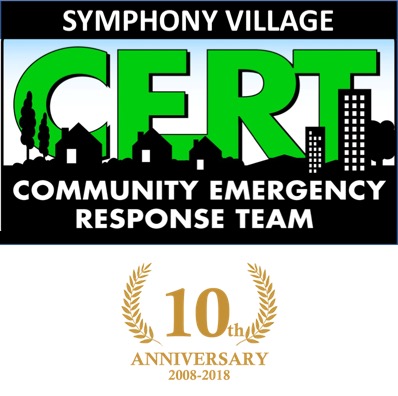
|
|
Since its establishment in 2008, Symphony Village CERT volunteers have looked for ways to provide improvements and modifications to our community and homes to help ensure our safety and prevent accidents.
To help prepare for potential emergencies, the team has also conducted numerous activities and sponsored many informative presentations for the community. CERT support to homeowners, the community, and local government as well as some of these presentations are described in the following sections. |
- Files of Life, a summary of your health information that can be used by first responders, were distributed to residents. Files of Life are also included in the Welcome folder given to each new resident.
- Developed the SV CERT Emergency Information Form for residents. Completed forms are confidential and kept in the Management Office. Emergency Information Forms are included in the Welcome folder given to each new resident.
- Placed procedures and photos on how to shut off all electrical power, water, hot water tank, outside water, and propane on CERT Web pages. (See Homeowners Section)
- Checked every home from June 2009-2010 for propane regulator/shut-off valves. Approximately 130 homes subsequently had regulators replaced or added, and shutoff valves at the house installed if not already in place.
- CERT volunteers were on-call during the “blizzard of 2010” to shovel snow from residents' homes if Emergency Personnel were called to a home. This team remains in place for future snowstorms.
- CERT surveyed SV in 2010 to determine the number of homes with decks (61) and whether they were considered as an egress to escape a fire. The current code only requires one exterior door as a means of egress so all SV homes are in compliance.
- CERT personnel assisted residents in securing outdoor furniture, etc. prior to impending hurricanes or very high winds.
- CERT volunteers installed Garage Door Wireless Keypads for any resident who purchased the Chamberlain Clicker Keypads. Once installed, it was requested that the owners complete or update the Symphony Village Emergency Information Form (now including the Key Code).

- Added a First Aid Kit in the gym area.
- Added a fire extinguisher in the clubhouse kitchen.
- Scheduling and servicing of all fire extinguishers.
- Weekly inspection and periodic maintenance of Automated External Defibrillators (AED) to keep them in compliance with Maryland law.
- Instituted and compiled a Resident Skills and Equipment List that is available to CERT personnel as an additional resource during an emergency.
- CERT SV Happy Hours were hosted in June 2016 and April 2018. There were lots of great safety questions asked, useful brochures distributed, contents of CERT bags shown, and new volunteers recruited.
- As a community service, CERT volunteers organized to collect and remove trash from the Symphony Village ponds.
- Acquired a Stop the Bleed kit for the Clubhouse.

- Coordinated with the Centreville Police Chief, Chief of Goodwill Fire Department, and the QAC Sheriff's office on the establishment the of SV CERT in order to work cooperatively with them in the event of emergencies in SV.
- Developed a SV CERT Emergency Plan which has been used in exercises with the QAC Emergency Management Services and Centreville and Queenstown Fire Departments with actors acting as victims.
- Provided maps of SV including house numbers & fire hydrant locations to QAC Emergency Services, QAC Sheriff, Goodwill Fire, and Centreville Police for placement into all emergency vehicles to aid personnel in locating our homes.
- Provided support to QAC CERT training. Several SV CERT volunteers taught classes to students.
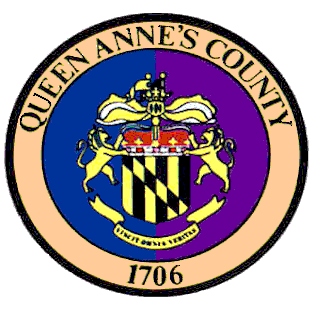
- Presentation of capabilities and procedures by the Goodwill Fire Chief.
- Multiple visits to the QAC 911 Emergency Operations Center (EOC) and a presentation and demonstation by the 911 operators and the Emergency Operations Center
- Visit to Trooper 6 Medevac at the Easton Airport to include a talk by Trooper/Paramedic Sgt. Brian Francis. The talk included the helicopters use in medical evacuations and in search and/or search and rescue operations.
- Fire extinguisher use and practical exercise offered as retraining to CERT and to all interested villagers. This was held at the Maryland Fire and Rescue Institute Upper Eastern Shore Regional Training Academy.
- Presentaton and demonstration of a QAC ambulance to SV residents by the Assistant Chief of Emergency Medical Services Scott Wheatley.

- QAC Health Department nurses presentation on Lyme Disease and rabies.
- Home Safety Tips regarding Medications and Poisons.
- Presentation regarding the services provided by the QAC Emergency Services Department by Director Scott Haas. They also demonstrated their paramedic equipment
- Presentation on “How to Cope and Support Grief” by Ms. Jessica Bass — this was presented in December as it is noted as a period of grieving by many people.
- Presentation by a Nutritionist on eating healthy at our ages.
- “Grandchildren Safety in Our Homes”, presented by SVer Joyce Orden
- Presentation of the services, accomplishments, and problems in the Centreville jurisdiction by Police Chief Charles Rhodes.
- Presentation by Sheriff Gary Hoffman regarding the accomplishments and problems in QAC and the Sheriff's solutions.
- Briefings by Sheriff Gary Hofmann on Opiods and Crime Trends in Queen Anne's County.
- Demonstrations in 2017 and 2018 of Queen Anne's County K-9 Corps and how the dogs are trained and used to sniff out drugs or aid in search and rescue operations.
- Presentation of a disaster simulation to challenge the minds of CERT volunteers.
- Videos were shown to CERT volunteers as a review of all CERT procedures learned in classes. This was used as a “recertification” for our volunteers, as there were no recertification classes offered in QAC or the area.
At the same time, the CERT program was designed as a grassroots initiative and specifically structured so that the local and state program managers have the flexibility to form their programs in the way that best suits their communities. CERT volunteers are trained to respond safely, responsibly, and effectively to emergency situations, but they can also support their communities during non-emergency events as well. There are over 2,700 local CERT programs nationwide, with more than 600,000 individuals trained since CERT became a national program.
FEMA’s Community Emergency Response Team Program trains volunteers to prepare for the types of disasters that their community may face. Through hands-on practice and realistic exercises, CERT volunteers:
- Learn how to safely respond to manmade and natural hazards
- Help organize basic disaster response
- Promote preparedness by hosting and participating in community events

